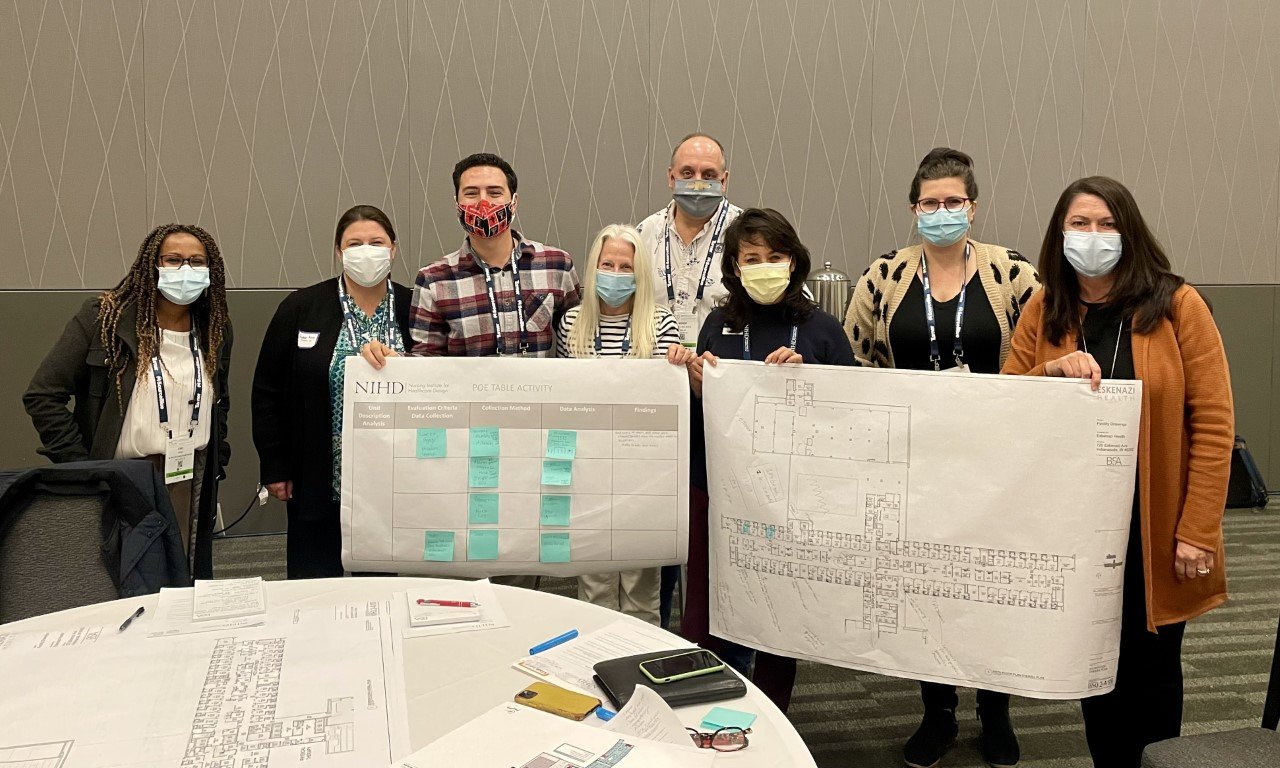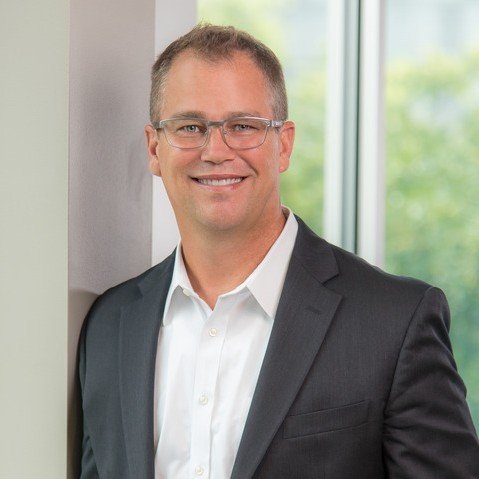The Nursing Institute for Healthcare Design is the Clinical Association Partner for the Healthcare Design Expo + Conference (HCD). Our role is to facilitate the curation of a pre-conference workshop and sessions in the Clinical Perspectives track that highlight the role of clinicians in healthcare design.
This year, NIHD hosted a pre-conference workshop titled Post Occupancy Evaluation: The Human Connection- How does the building work for the people?
The keynote address was presented by NIHD Board Member Anthony Mistretta, RN, MHA, Lean Black Belt, Principal, Health, Perkins & Will. Anthony shared “POE 101” –basic, general information on what a POE is, what types of focus it can have, when it is conducted, who conducts it, metrics and methods, and how to share the results with various stakeholders.
A panel of experts presented their experiences in different types of projects and sites, using case studies and lessons learned. The goal was to present enough information so that the participants could move forward with their tabletop activity for the second half of the workshop. Information on the New Canadian National Standard for Health Care Facility Design Studies and Post-Occupancy Evaluation (POE) - CSA Z8003:21 - was also shared.
Our expert panel included:
Tim Spence AIA, FACHA, President, BSA Lifestructures
Gary Schindele FHFI, President, Paladin Healthcare
Kate Newcomb DeSanto MSN, RN, MSW, Clinical Liaison, Penn Medicine
Interactive Table Activity.
The interactive portion of the workshop consisted of tables of ~8 participants representing the design team and staff members, along with 1 table facilitator. The design team may have included architects, owner reps, a clinical liaison, and any other stakeholders that are not clinical staff. The NIHD members portraying the clinical staff represented the staff from the various units where the POE will be conducted.
Participants were given a floor plan and a “case” and asked to design a POE for that project. Workflow descriptions as well as design features were provided. The “case” included various obstacles that the team worked through to address to complete a successful POE.
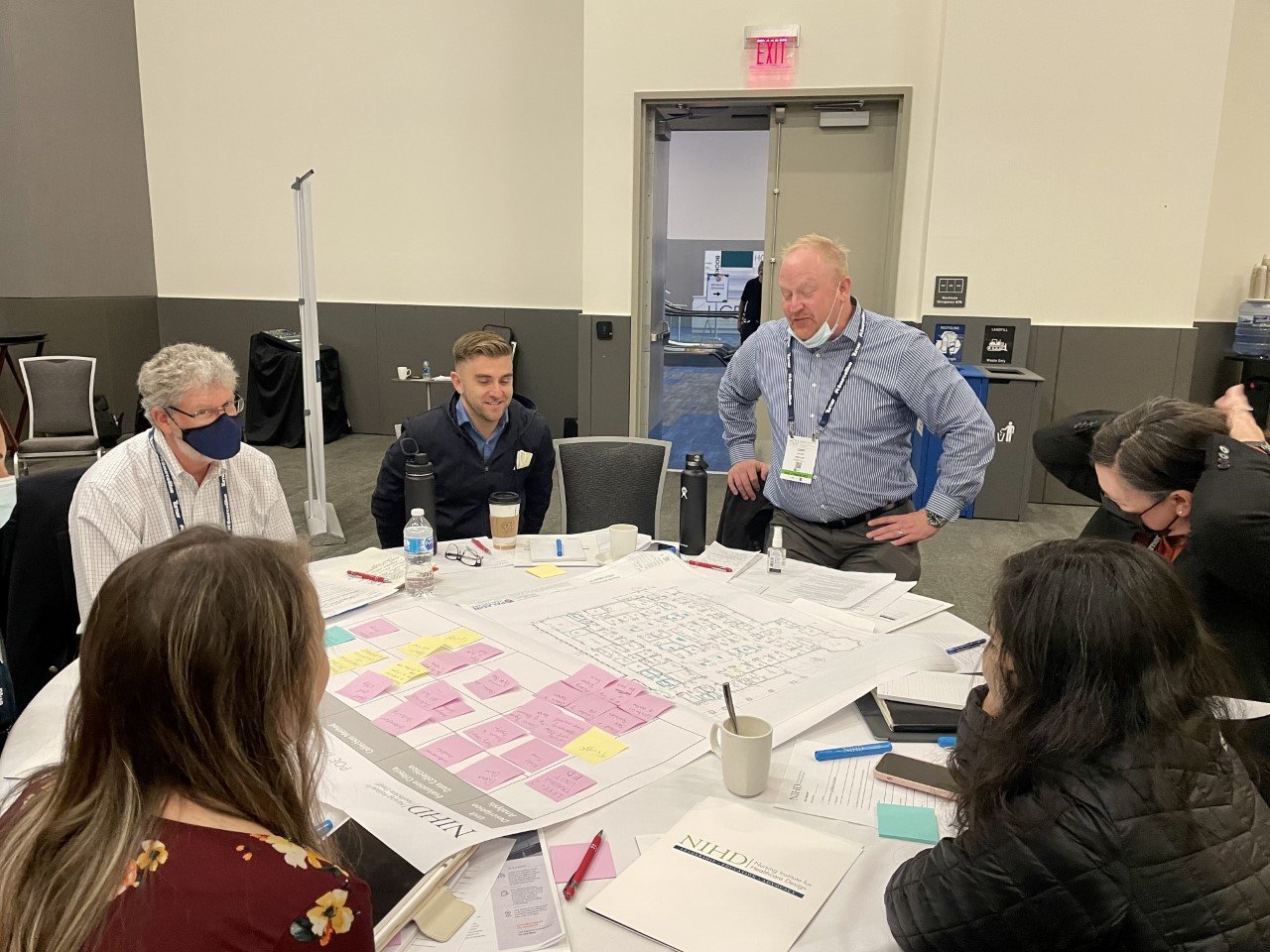
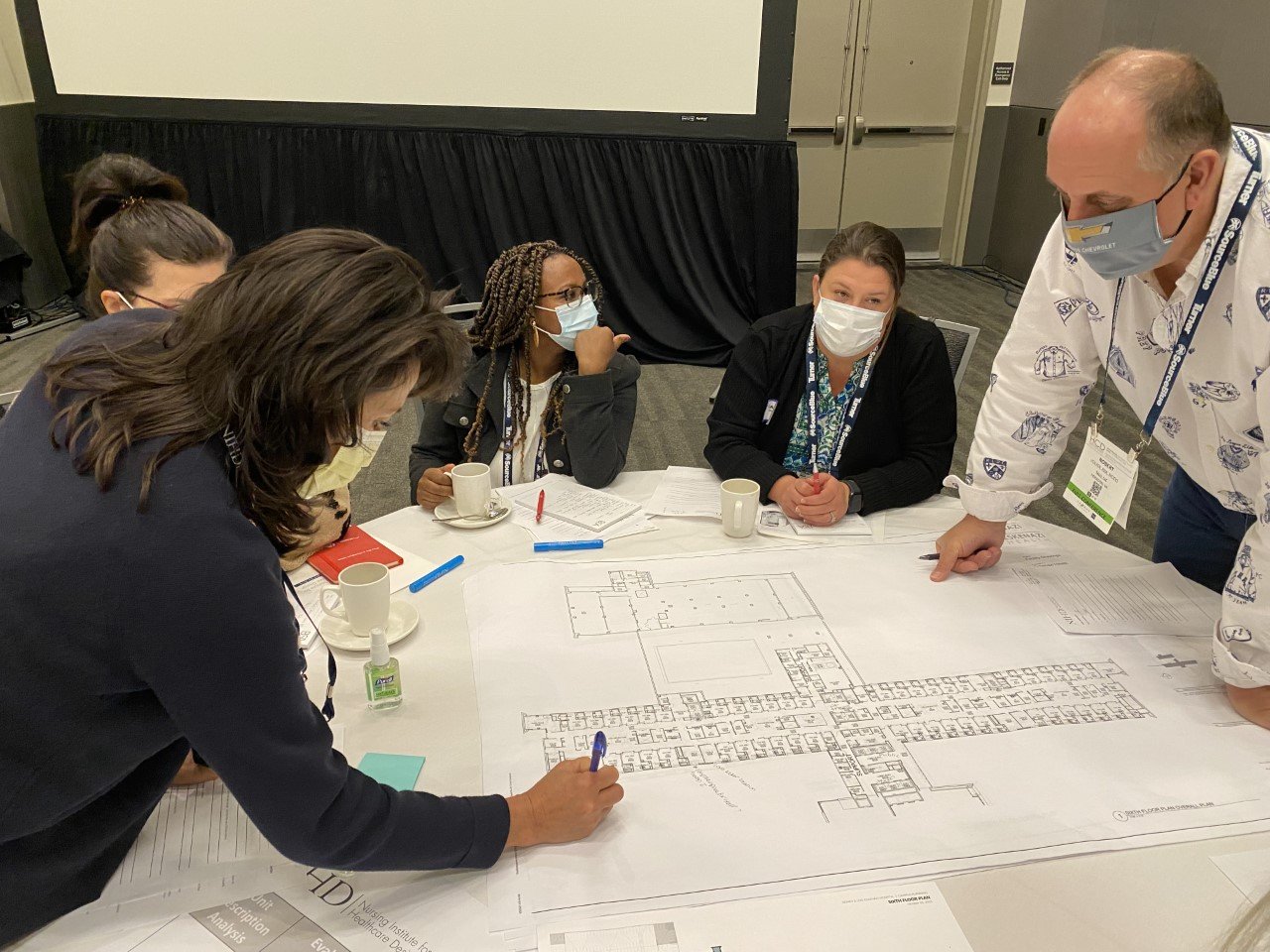
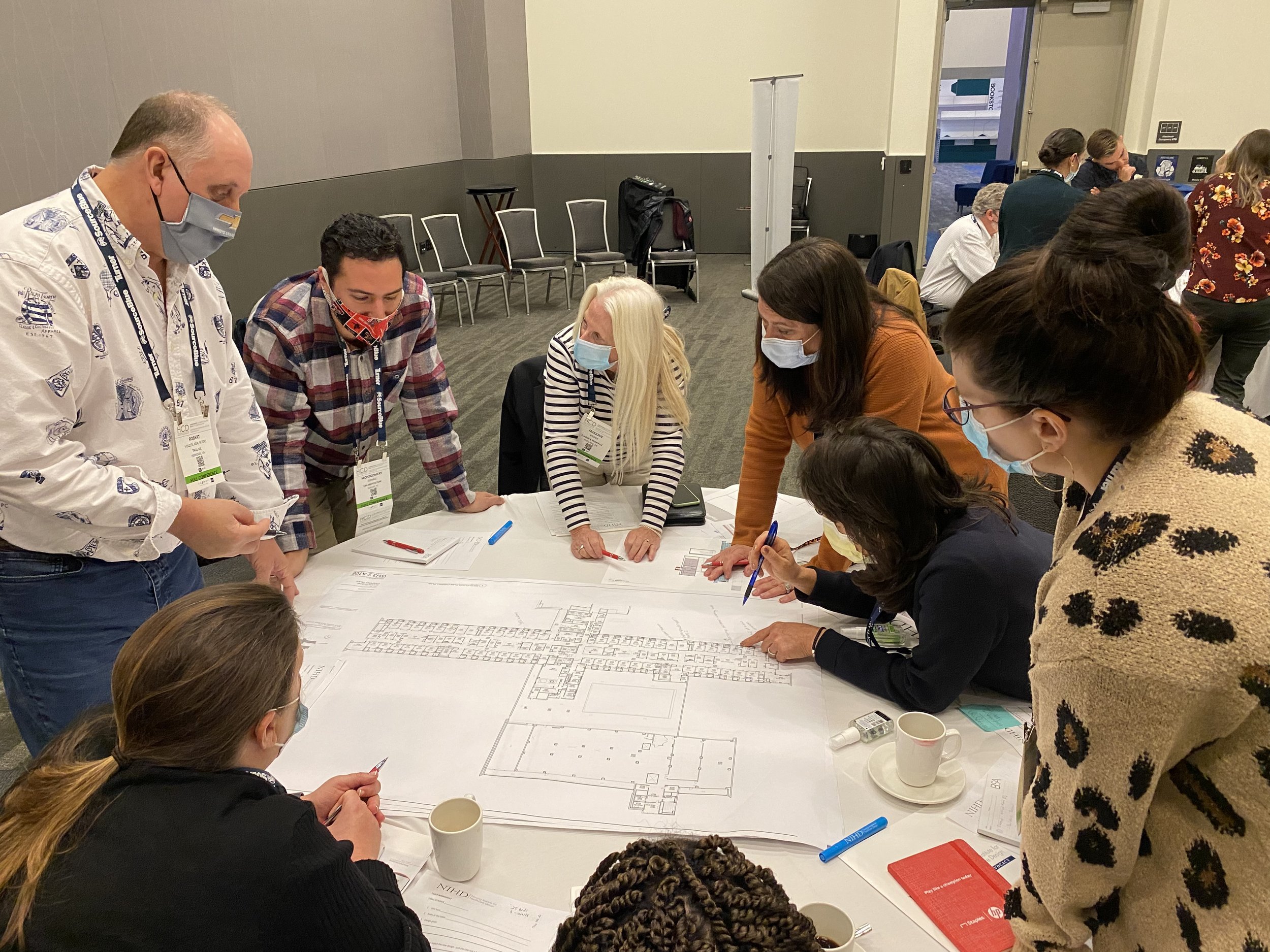


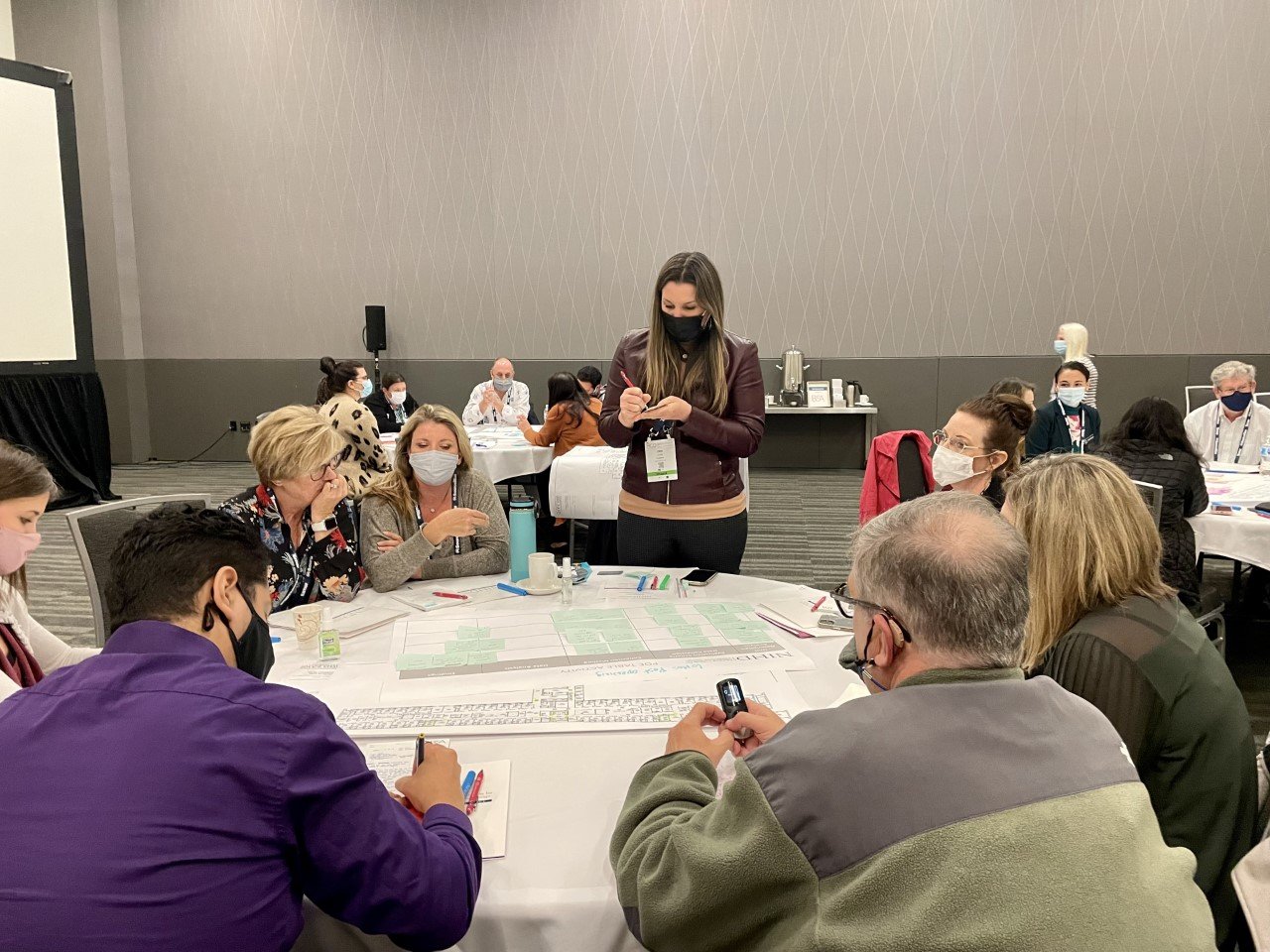
Table Report Out.

